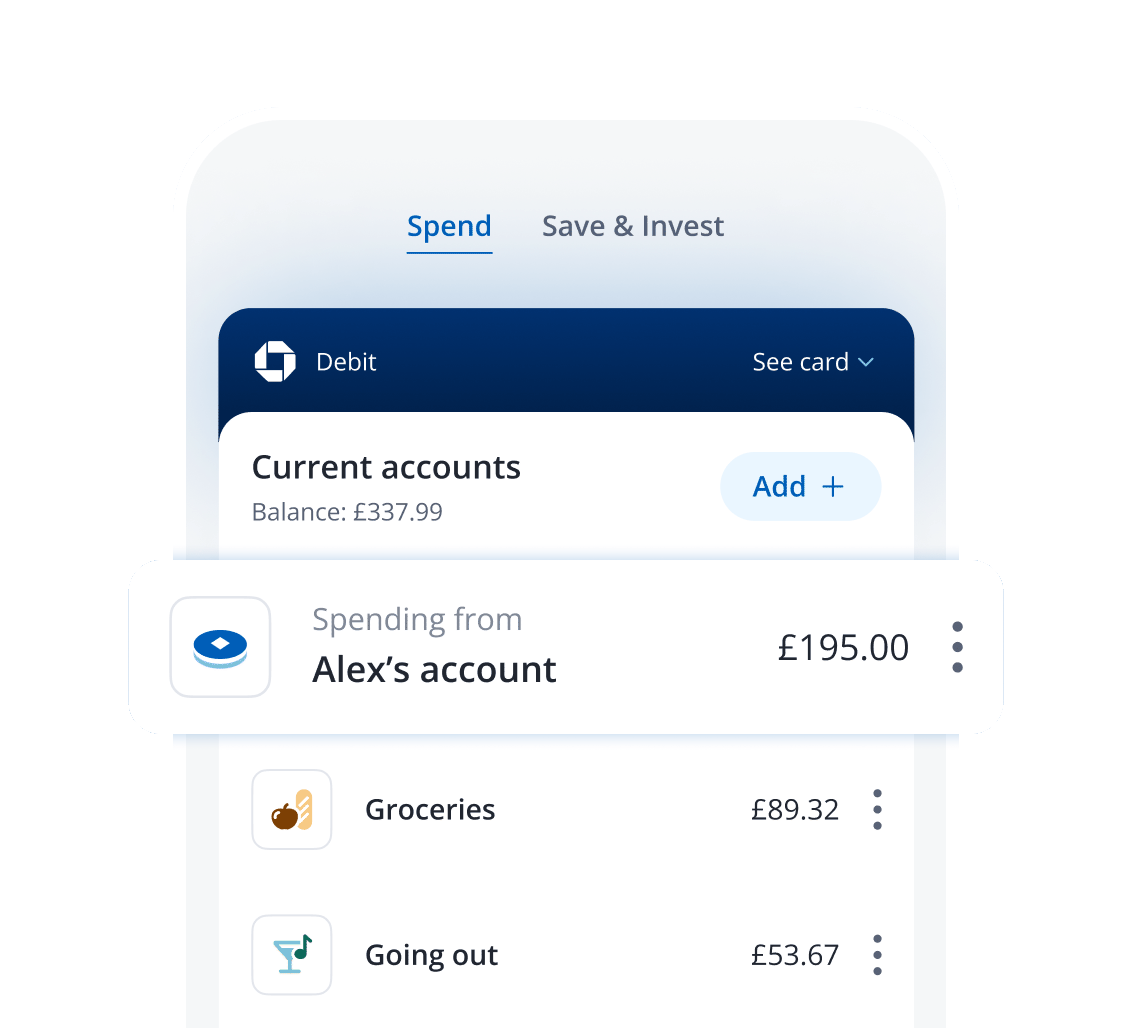money
Should I fix a new energy deal or stay on the price cap?
4 min | 08 April 2024

The rising cost of energy prices for UK households has generated countless news stories. With some changes coming into effect this year, here’s how the energy price cap works and how it compares to a fixed deal.
We’re all keeping a close eye on our energy bills amid a cost-of-living crisis and spotting ways to save money. That’s why it’s good to know how your home’s energy tariff works ahead of potential price rises.
What is the energy price cap?
The energy price cap limits how much your energy supplier can charge for each unit of gas and electricity you use – and there’s a maximum daily standing charge. The energy regulator, Ofgem, sets the price cap and changes it every three months. Most households in Great Britain are on the standard variable tariff (SVT), which is affected by Ofgem’s decisions.
The price cap increased at the start of 2024. This was in part due to the rising cost of wholesale gas (which could be affected by global events, such as the conflict in Ukraine). From April 2024 the price cap is set to drop slightly. These changes mean that if you’re on an SVT, you could be affected by the price cap adjustments when it comes to your energy bill’s standing charges and unit rates. So, what are your options if you’re thinking of moving to a fixed deal?
How fixed and variable tariffs compare
The SVT is the default tariff for most households. But if you’re on a fixed tariff, it means you have agreed to a set price with your energy supplier for a certain period – so you’re not affected by any price cap changes until your fixed deal comes to an end.
Whether you should carry on with your SVT or fix a new deal in 2024 depends on your circumstances. It’s worth contacting your existing supplier first to see if they are offering competitive deals to existing customers.
Some other things you could consider include:
- How much energy you use and how often you switch suppliers
- If you prefer a fixed deal because you’d like to know how much you’ll be paying rather than the uncertainty of a potential price fluctuation with an SVT
- If you’re satisfied with your current supplier’s customer service and how they resolve any issues with your supply and billing
Could moving to a fixed deal save you money?
Generally speaking, fixing a new deal in 2024 could save you money compared to staying on a price cap, as fixed tariffs may offer a better rate next to an SVT – but not always, so you’ll need to shop around.
There’s also the matter of potential exit fees. If you move from an SVT to a fixed deal, you may have to pay a fee, so it’s worth checking the small print in your contract and contacting your supplier to check.
Some experts forecast that Ofgem could lower the price cap further in 2024. If that happens and you’ve entered a fixed deal, you could miss out on the lower rate that would come if you’d stayed with the SVT.
Seeking advice online
If this second-guessing is confusing, you’re not alone – check out online comparison sites to see how different suppliers and tariffs fare. Some sites host dedicated calculators to help you see how much you might pay with a new fixed deal from your supplier based on where you live and your energy use. Have your latest bill ready to make it easier to carry out your calculation.
Comparison sites may also give you an idea of how other users and customers rate different suppliers and how they perform on various aspects such as green credentials, billing accuracy and complaint handling.
If you’re struggling to afford your gas and electricity bills, contact your supplier to discuss ways to pay what you owe them. Your supplier may try to help you come to a solution, and you can try to negotiate a deal that works for both of you.
You can find out more about your rights at www.citizensadvice.org.uk
Looking for somewhere to keep your savings? Bank with Chase and you can open a saver account. Start saving with as little as you like, and we’ll calculate your interest daily and pay it monthly.
18+, UK residents. A Chase current account is required to open a saver account.
Recommended reading






